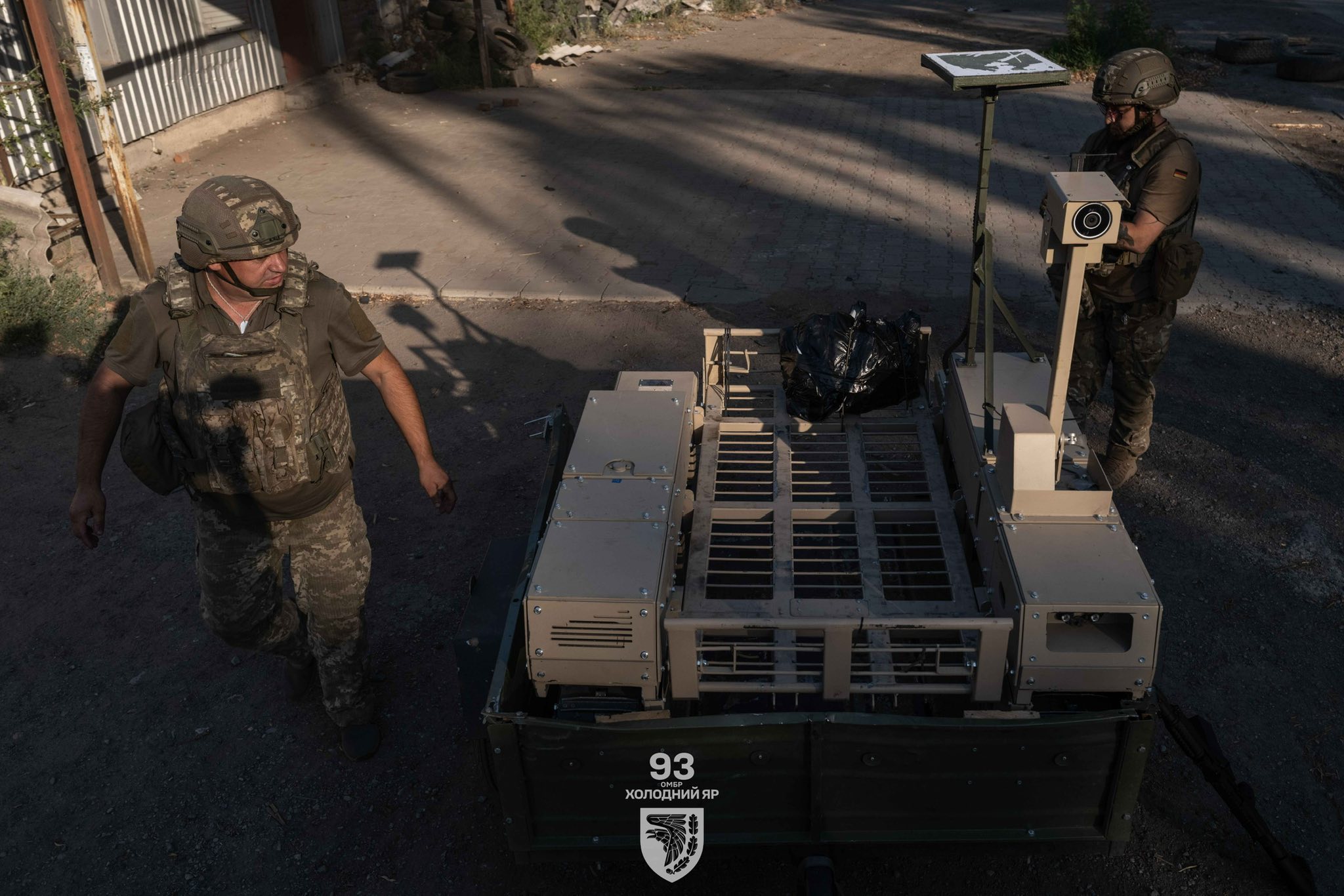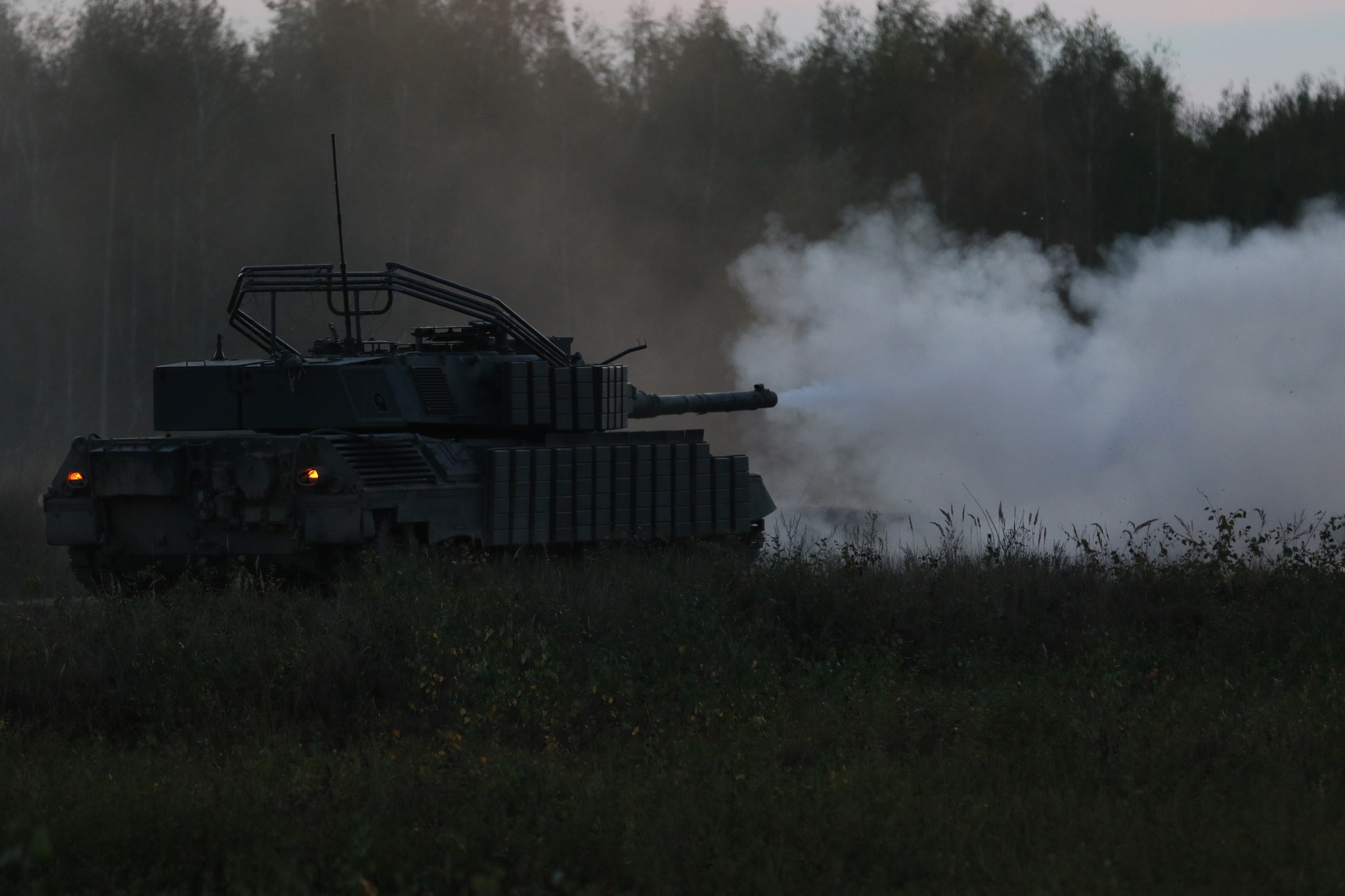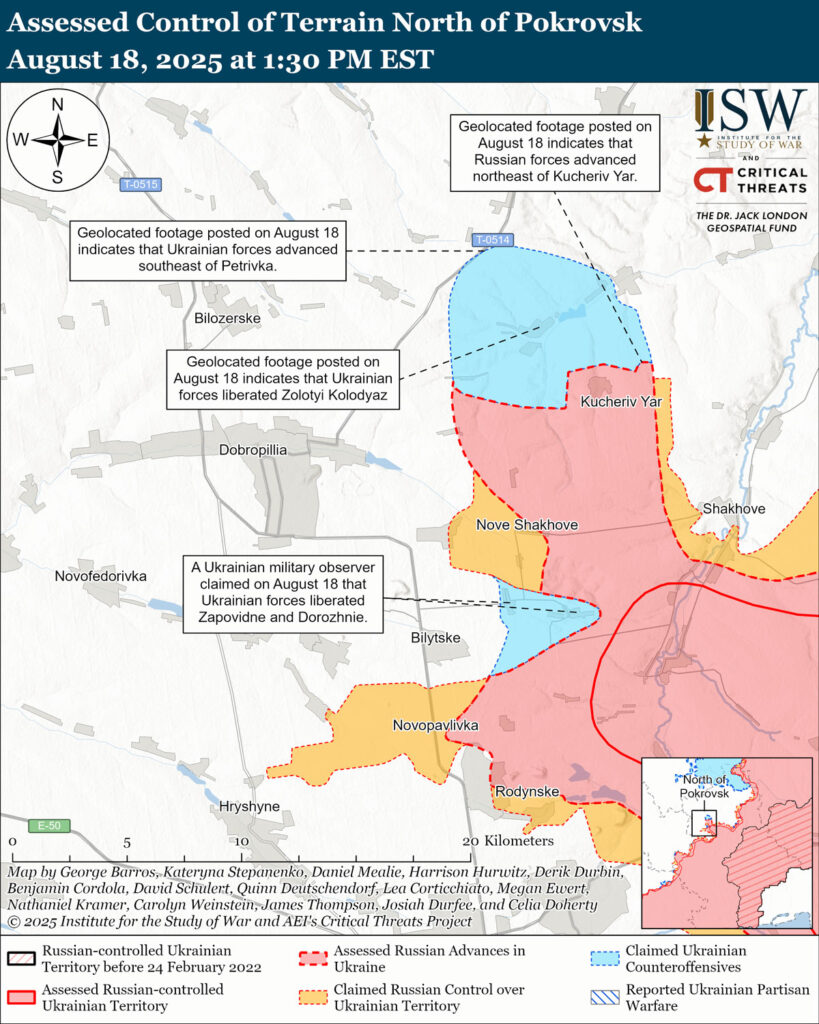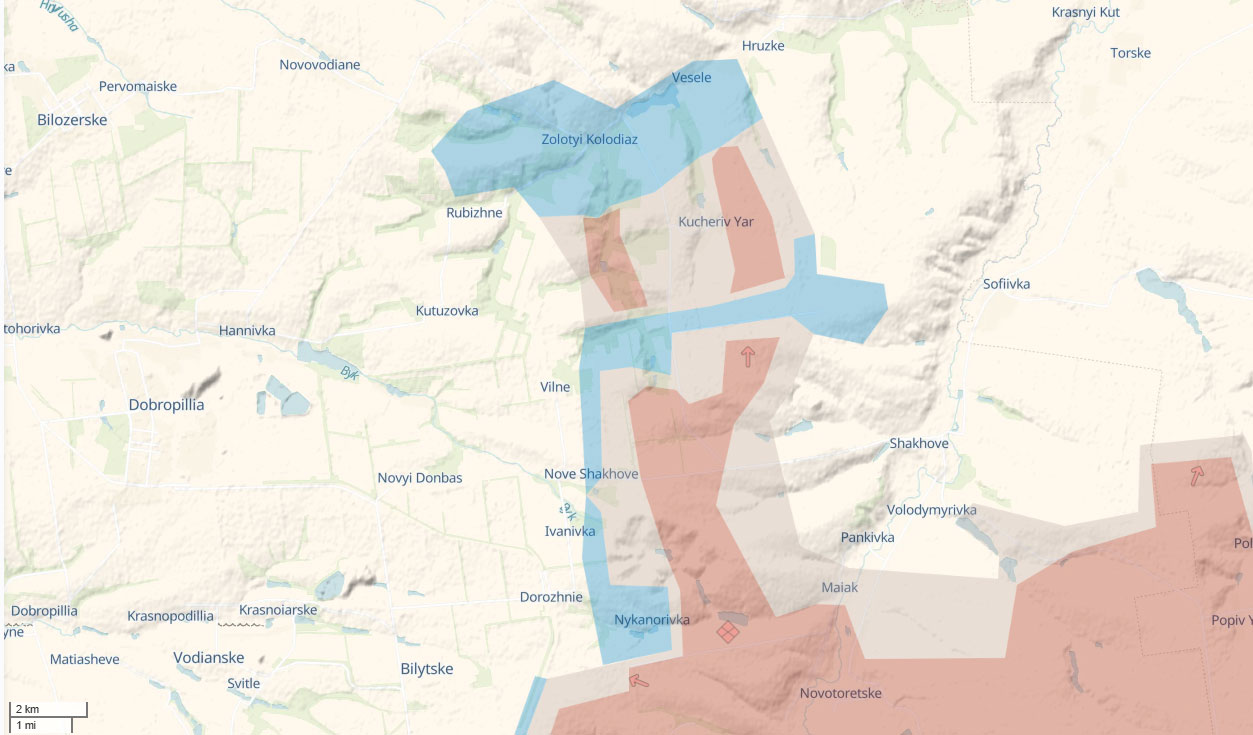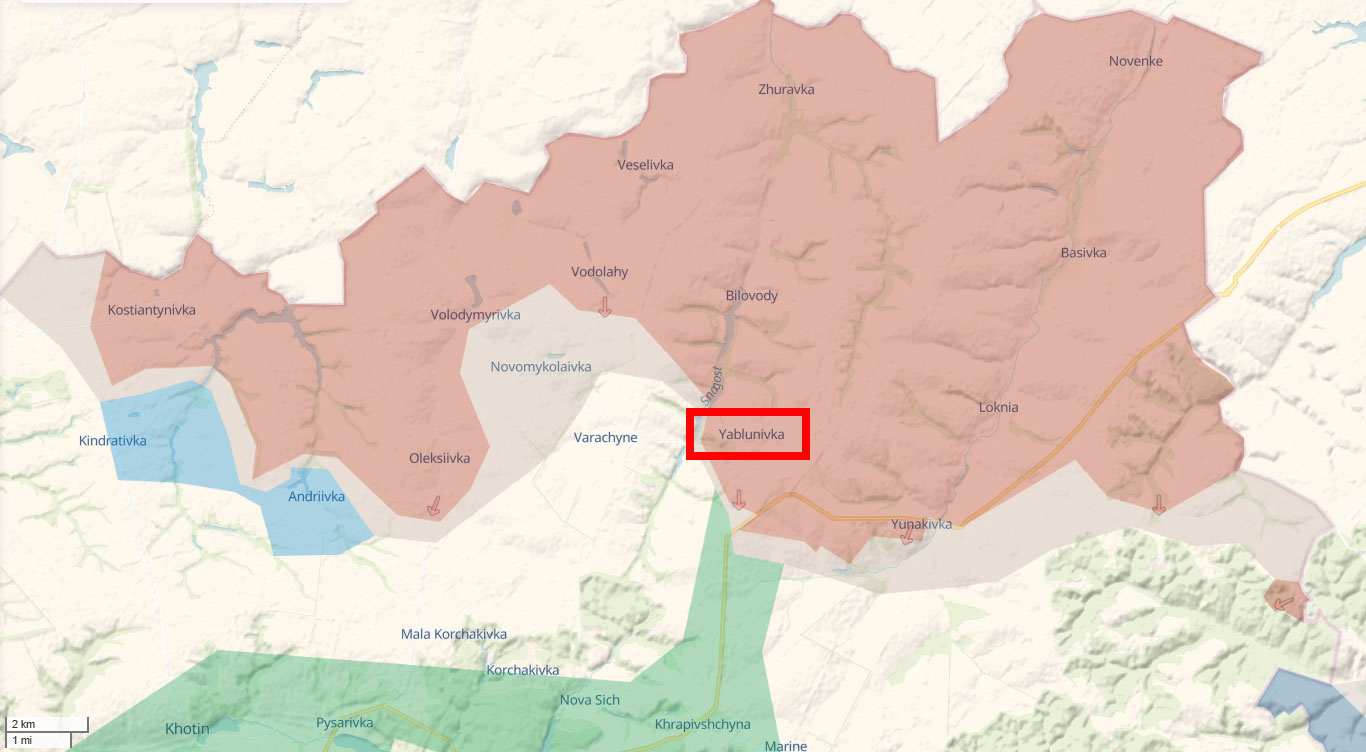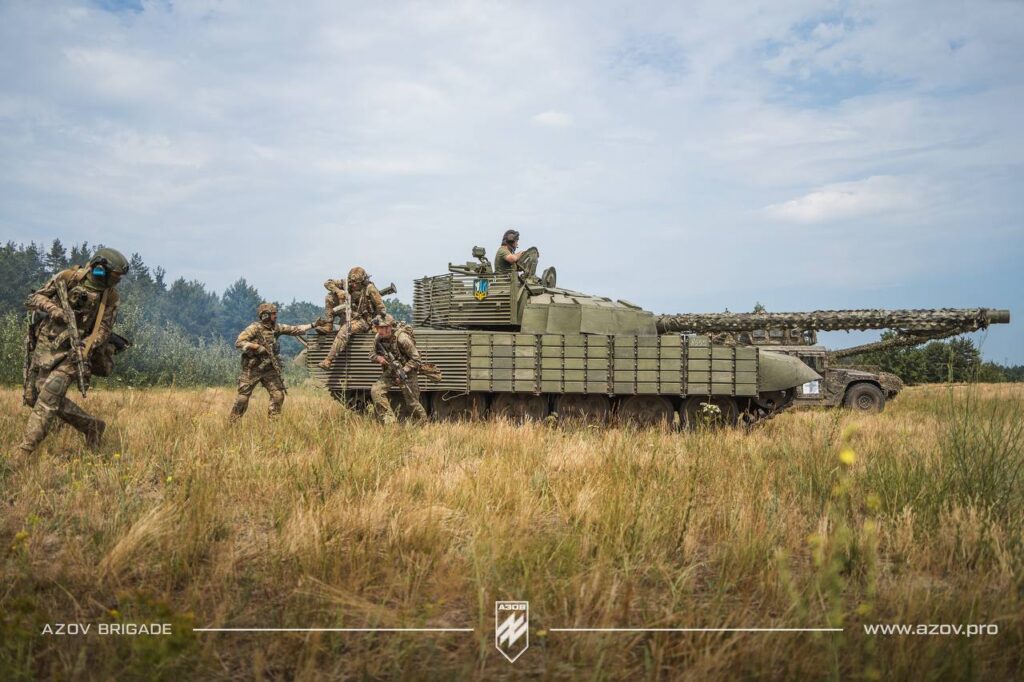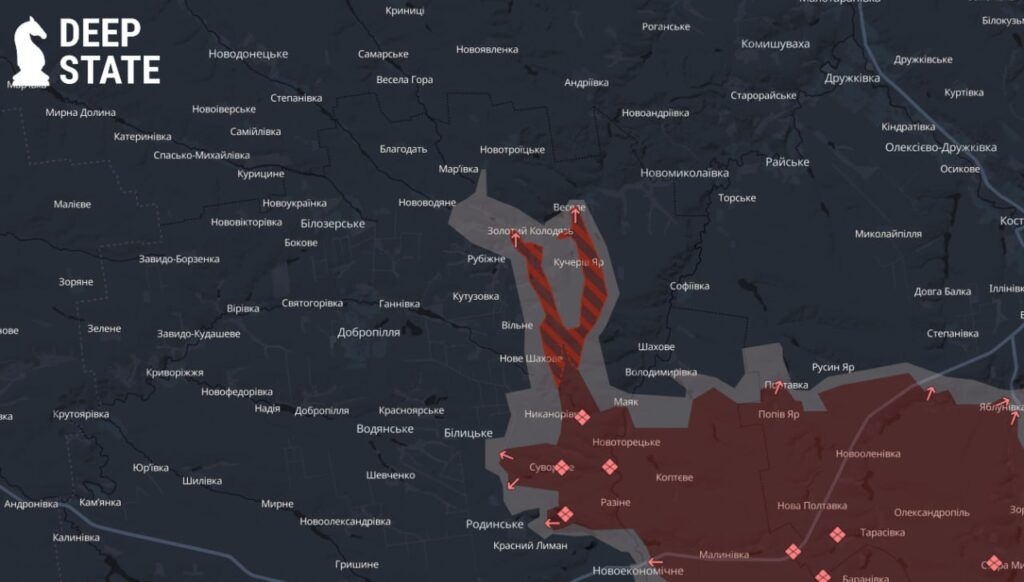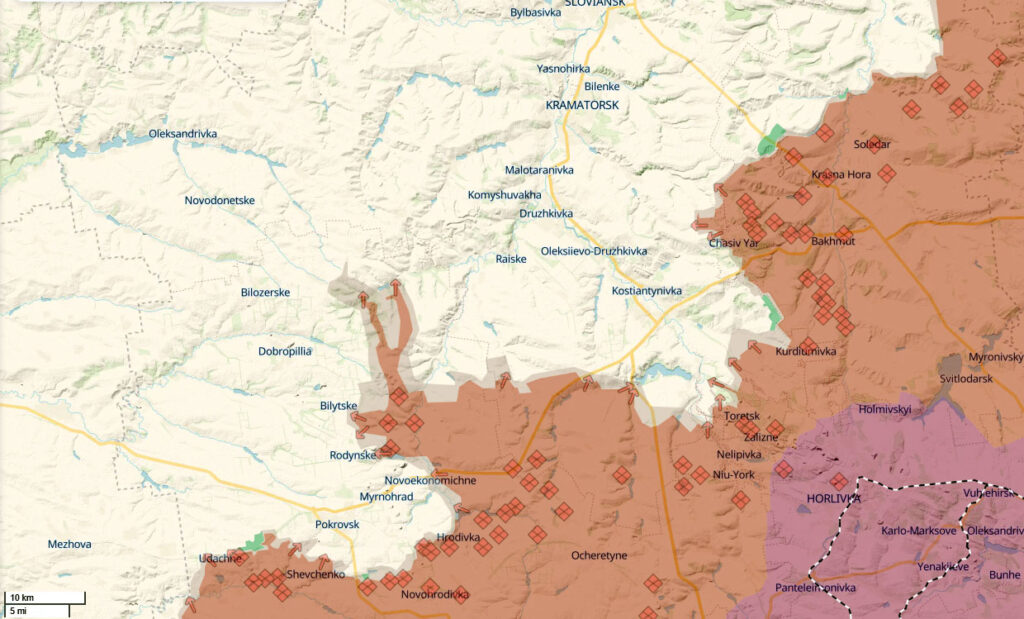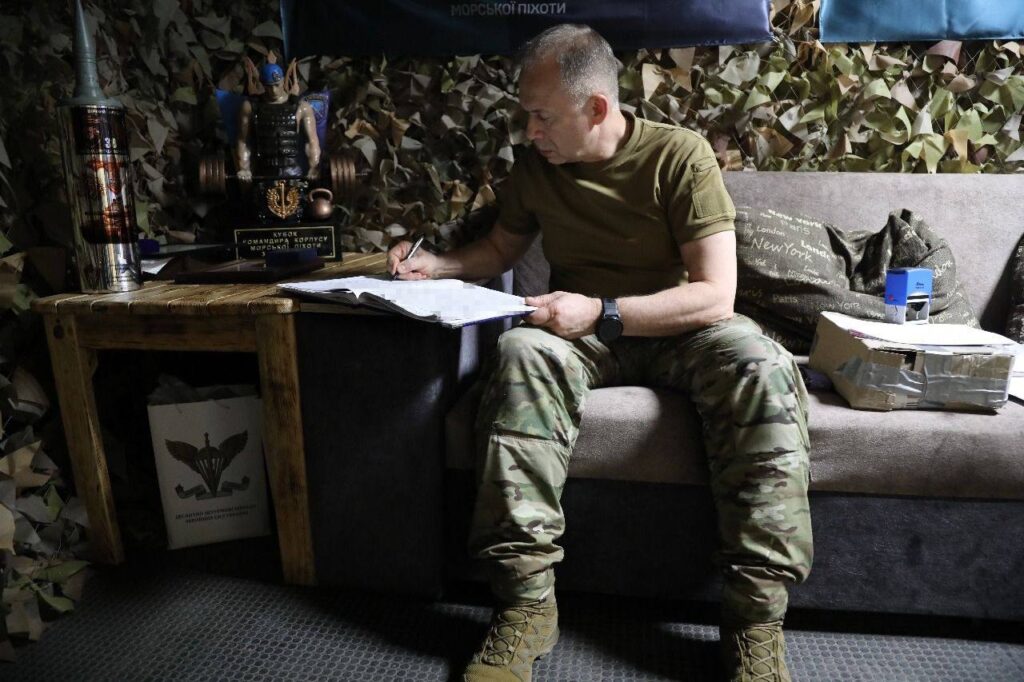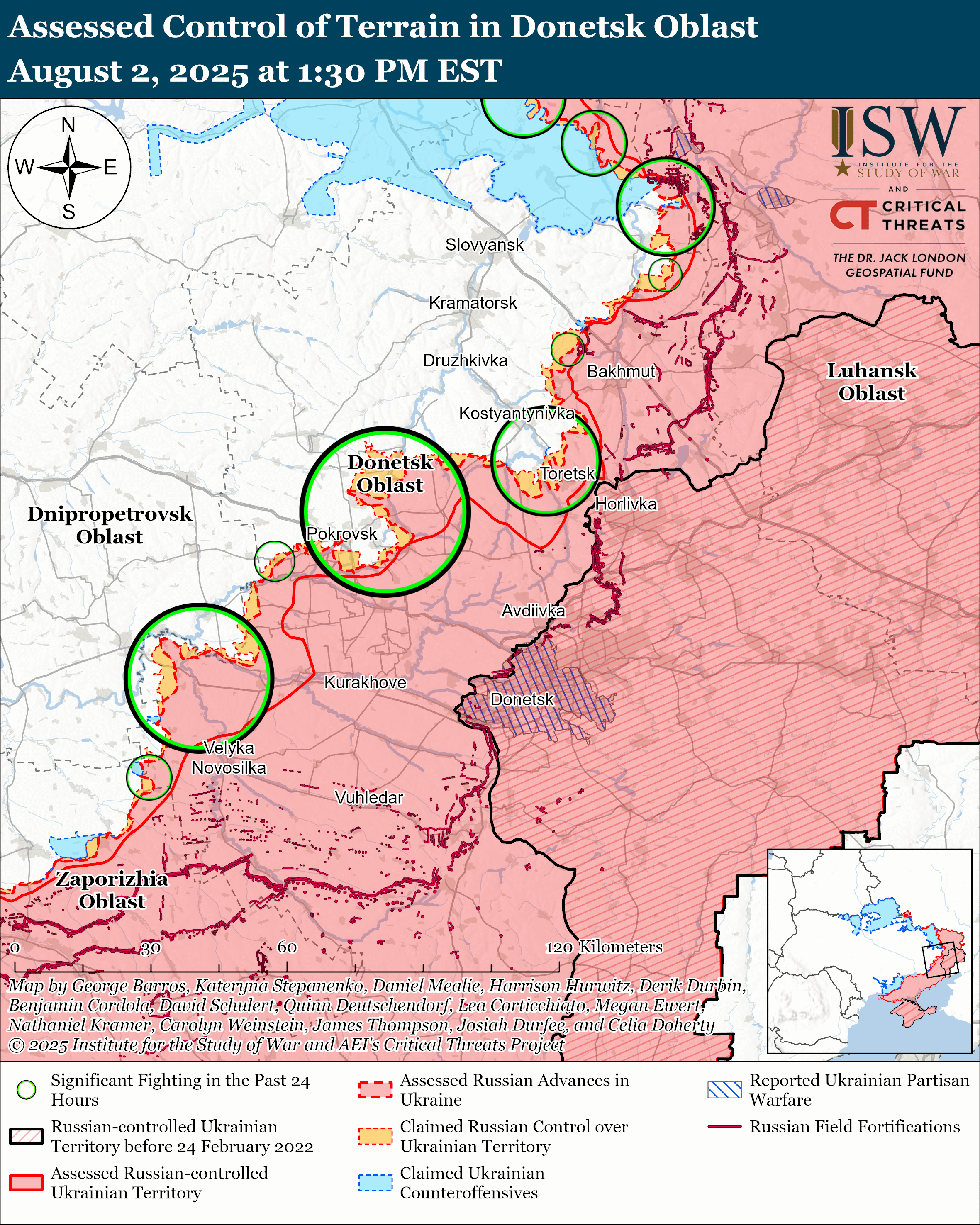Azov Corps wiped out a Russian brigade in 16 days. Moscow sends another one
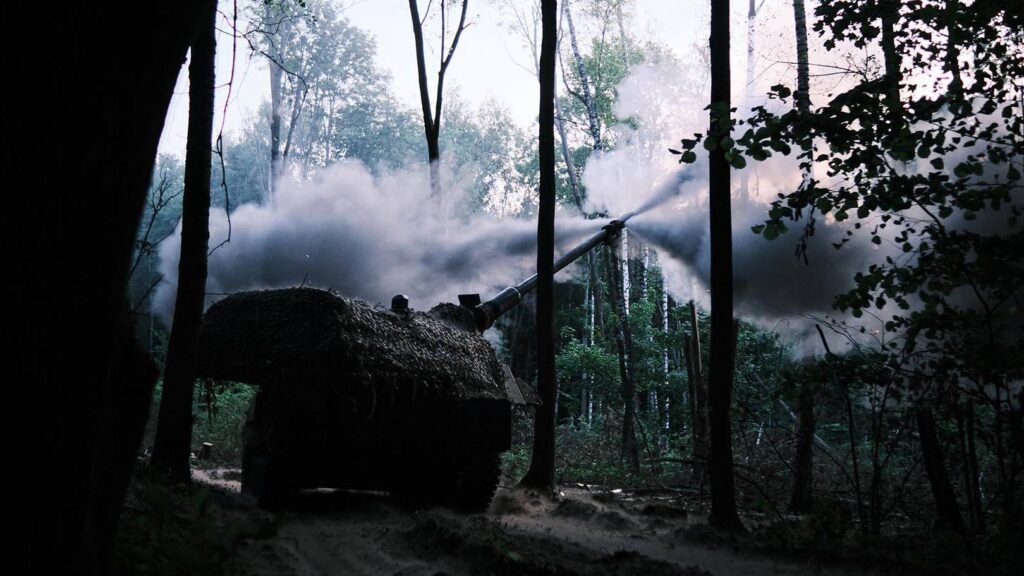
After three weeks of hard fighting, the Ukrainian 1st Azov Corps and adjacent units have squeezed and cut up the 15-km salient that Russian infiltrators carved out of Ukrainian territory near the the village of Dobropillya, northeast of the fortress town of Pokrovsk in eastern Ukraine’s Donetsk Oblast.
But Russian reinforcements are rolling in, opening a new—and unpredictable—phase in the battle for the Dobropillya salient. “The enemy’s penetration near Dobropillya remains a dynamic section on the front line where neither side can seize the initiative,” the Ukrainian Center for Defense Strategies noted.
It’s more apparent than ever that the Russian penetration toward Dobropillya, which sits astride one of two main supply roads into besieged Pokrovsk, was bigger and more dangerous than some analysts initially concluded.
“Let’s start by describing what this absolutely is not: a breakthrough,” US analyst Andrew Perpetua asserted on Aug. 12. In fact, it was a breakthrough, albeit one that mostly moved at a walking pace.
Over a period of several months, the Russian 51st Combined Arms Army redeployed almost all of its brigades northeast of Pokrovsk, including the 1st, 5th, 9th, 110th and 132nd Motor Rifle Brigades. While the 132nd Motor Rifle Brigade slipped past empty Ukrainian trenches and marched on Dobropillya, the other four brigades attacked toward Rodynsky, at the bottom of the eventual salient.
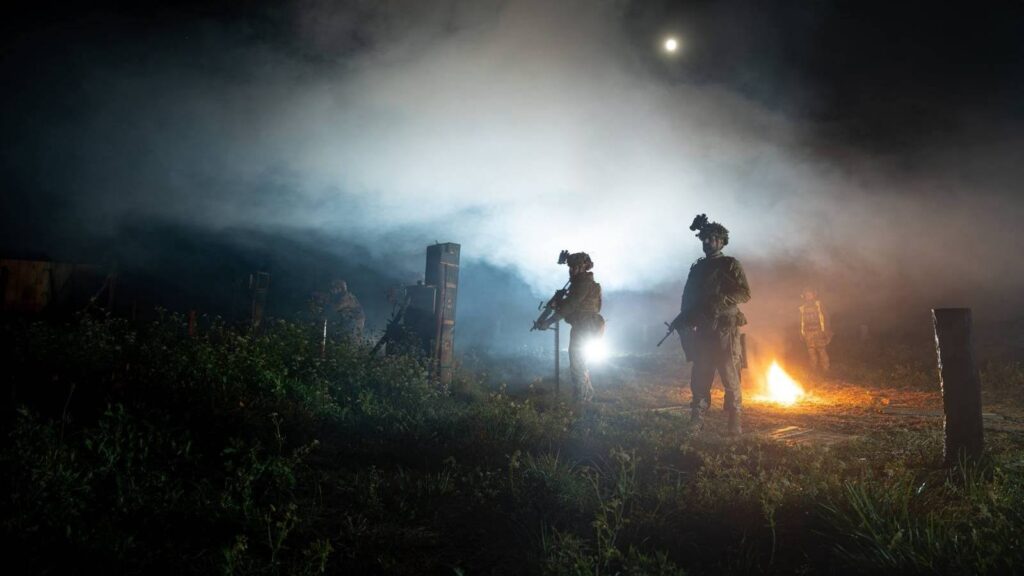
Heavy Russian losses
The scale of the Ukrainian response, and the resulting spike in Russian losses, underscored the seriousness of the situation for Kyiv. If it had captured Dobropillya, the 132nd Motor Rifle Brigade would’ve cut the T0515 road, leaving the Ukrainian garrison in Pokrovsk dependent on just one other road threading into the town from the northwest—a road that itself is in danger of being overrun.
In addition to the 1st Azov Corps, Ukraine redeployed elements from the 79th and 82nd Air Assault Brigades, 1st and 425th Assault Regiments, 25th Assault Battalion, 2nd Battalion of the 92nd Assault Brigade, 32nd and 93rd Mechanized Brigades, 38th Marine Brigade, 14th National Guard Brigade and the Birds of Magyar drone brigade.
It’s a powerful Ukrainian force. And in the first few weeks of its counterattack, it enjoyed a decisive advantage in troops, tanks, armed ground robots and drones. The 132nd Motor Rifle Brigade’s troopers had marched toward Dobropillya “only with weapons in their hands,” Ukrainian Pres. Volodymyr Zelensky said.
Between Aug. 4 and 20, the Ukrainian corps killed, wounded or captured nearly 1,600 Russians, according to the the Ukrainian general staff in Kyiv. That’s nearly the entire front-line strength of the 132nd Motor Rifle Brigade.
But a few Russian survivors are still clinging to positions in Zolotyi Kolodyaz, at the top of the salient, and now the Russian 51st Combined Arms Army is deploying additional forces at the bottom of the salient.
Despite heavy losses and the near-destruction of its initial penetration toward Dobropillya, the 51st Combined Arms Army isn’t defeated—and probably won’t give up. The army “will try to advance as deeply as possible to Dobropillya,” CDS predicted.
And if it manages to finally capture the village, CDS predicted the 51st Combined Arms Army could “sharply worsen the prospects for the defense of not only Dobropillya and Pokrovsk, but also Druzhkivka and Kostyantynivka” on the other side of the salient.
